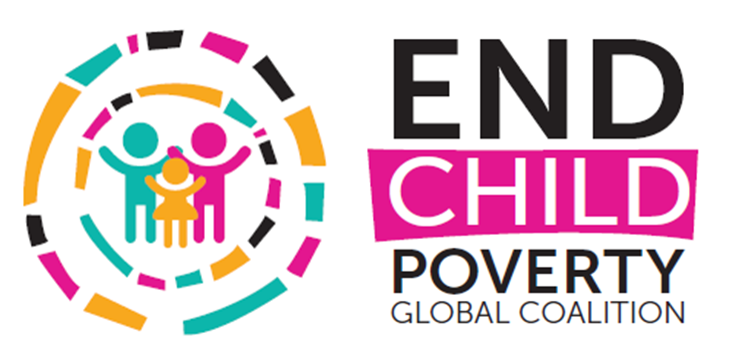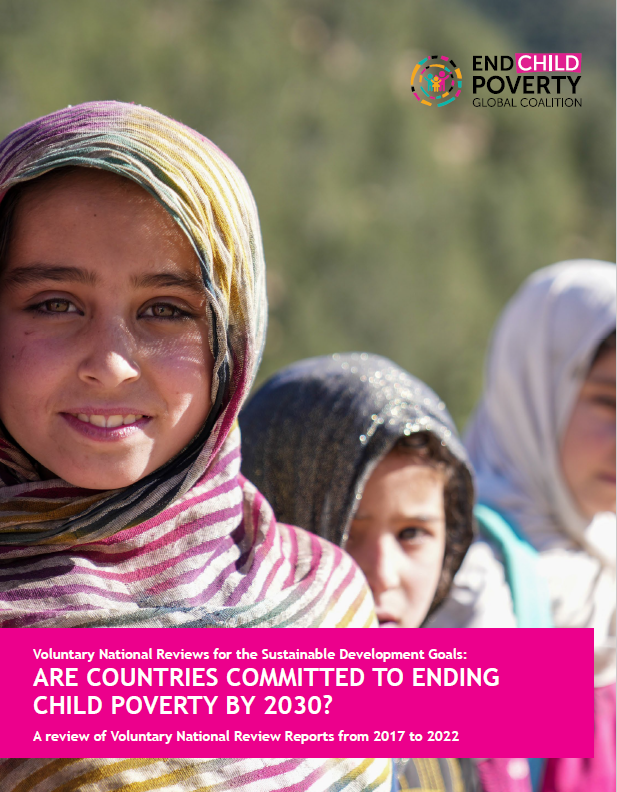Are countries committed to ending child poverty by 2030? A review of VNR reports from 2017 to 2022
Ending poverty in all its forms for everyone, including for children – is at the heart of the 2030 Agenda for Sustainable Development (2030 Agenda) and the Sustainable Development Goals (SDGs), adopted in 2015 by the Member States of the United Nations. Through SDG 1, the 2030 Agenda provides a clear framework or action: Countries must eradicate extreme poverty for all people – including children - by 2030 as internationally defined (PPP $1.90) and reduce at least by half the proportion of children living in poverty in all its dimensions according to national definitions.
The combined crises comprising the climate emergency, the COVID-19 pandemic, and increased conflicts, food prices and inflation, highlight that urgent action is needed to halt worsening outcomes for children. For example, it is estimated that it will take at least seven to eight years to recover and return to pre-COVID-19 levels of monetary child poverty. In addition, many other child-focused outcomes, such as educational attainment, immunization, reduced hunger, and improved nutrition continue to be at risk of drastically worsening. There are clear indications that the world will fall short in achieving the 2030 Agenda´s aim to end extreme child poverty and at least halve multidimensional child poverty.
To monitor and assess national progress on the SDGs, each year a select number of countries present their Voluntary National Reviews (VNRs) to the United Nations High-Level Political Forum on Sustainable Development (HLPF). This process enables countries to take stock of their achievements and challenges, share lessons learned and identify actions to accelerate the implementation of the 2030 Agenda. The VNRs are important as they are a key tool for accountability for the SDGs, both at the national and global level.
One way to assess progress on SDG implementation – including efforts to end child poverty - is to survey the data and narrative content that countries present in their VNRs. This Coalition brief is the fourth annual analysis of the VNRs from a child poverty perspective, looking at how countries address and discuss their efforts to end child poverty, through both measurement and policies. This analysis builds upon the 2021 briefing paper developed by the Coalition, which reviewed VNRs from 2017 to 2021. This year’s analysis reviews the 2022 VNRs and provides reflections on the trends since 2017.
Title: Are countries committed to ending child poverty by 2030? A review of VNR reports from 2017 to 2022
Author/s: Global Coalition to End Child Poverty
Publication date: February 2023
Download the full briefing paper and the summary.
Check also this ‘traffic light’ overview of how countries have reported on child poverty in their VNRs.

